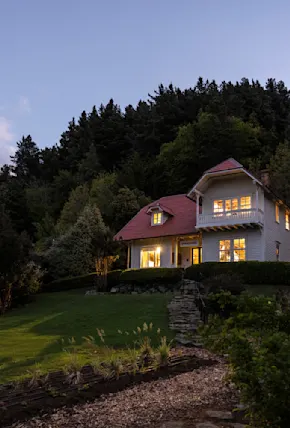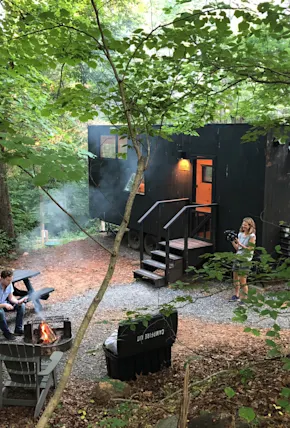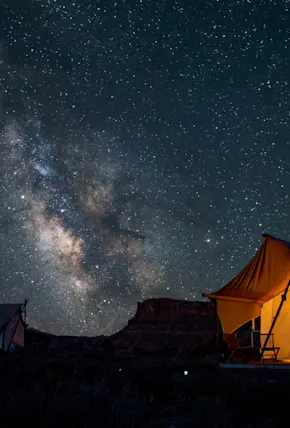You may not know Lindsey Bro, but there's a good chance you know her Instagram account @Cabinlove. Scrolling through her hugely popular—and well curated—feed of rustic cabins and cozy interiors surrounded by brightly colored foliage and panoramic vistas, attentive followers may have noticed an uptick in another type of outdoorsy escape lately: saunas, wood-fired hot-tubs, and other healing rituals rooted in heat. They're Easter eggs to her new hardcover book, THERMAL: Healing with Heat ($30), set to release tomorrow 22 November. Published by Chronicle Books, the attractive coffee table book features more than 150 photos of tubs, pools, hot springs, and more from 50 locations around the globe from Alaska to Turkey, plus info and advice from these locales.
While Bro's Insta may feature cabins at the forefront, the author simultaneously fosters an interest in bath culture and its benefits, both physical and intangible. According to her, the book project was inspired by a similar sense of well-being provided by a weekend cabin trip. In THERMAL, Bro leaves cabins behind to fully indulge that interest, diving deep into so-called bathleisure while exploring the histories, rituals, and health benefits associated with thermal healing worldwide.
Bro visited many of the locations in the book herself, although with a thoughtfulness that permeates the book, she's careful to note she only shared publicly managed locations in order to protect fragile (and secret) spots. In addition to day-dream inducing hot spots and cultural deep dives, simple tips for integrating the healing power of heat, steam, and water into our everyday lives are also sprinkled throughout the pages, making the book a resource that's equally inspiring as it is helpful.
To learn more we recently spoke with Bro to discuss how THERMAL came to be, her own approach to wellness, and where she sees the cabin movement headed next. The following is a snapshot of our insightful conversation.
What inspired you to write a book about saunas, baths, and bath culture?
With @cabinlove the reason why I started that was this love and draw to really small, special places. And really it came down to being drawn to a sense of connection. And as you go deeper and deeper with this stuff, I just realized sauna and bathing and bathhouse culture and all of that–it's all about connection: to ourselves, to our past, to nature, to all of it. That was really interesting to me.
During the pandemic, I was lucky in that I had access to a really wonderful sauna, and I was like, 'Wow, this is really changing my physical state, like why am I feeling so much better on all of these other levels?' I wanted to dive into the question of 'Why do we seek warmth?' When I was researching more and more, you realize that from the beginning of time we've been drawn to these warm places. And across countries and across cultures, whether it's hot springs, or saunas, or bathing, it's everywhere. And it's everyones,' so nobody can claim it. And I think that is beautifully human and beautifully universal and that was the core of what it was.











